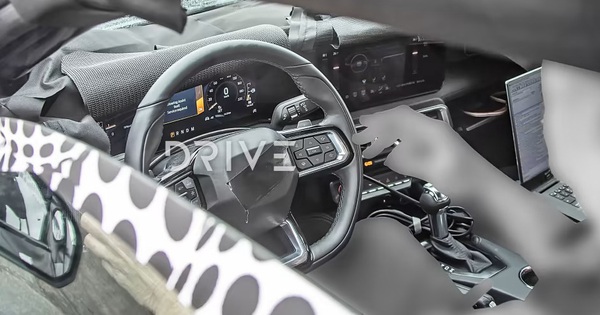An American company is preparing to put data centers on the Moon to protect the safety of human knowledge.

Simulate the base inside the lunar lava tube. Image: Naebblys
Florida-based cloud service provider Lonestar Data Holdings is planning to build a data center on the Moon. “We are keeping our most valuable assets like knowledge and data on Earth, which is vulnerable to landmines and fires. We need to get those assets out of the planet for safekeeping. safe,” said Christopher Stott, founder and chief executive officer of Lonestar.
Stott likened Lonestar’s efforts to build a data center in space to the project to preserve all the seeds in the world in the Svalbard Global Seed Vault on the Norwegian island of Spitsbergen. Instead of protecting crop diversity, the company wants to keep human knowledge safe.
One side of the Moon is always facing the Earth, which means it is possible to establish a communication network between devices on the Moon and Earth. Currently, Lonestar has attracted 5 million USD from investors. They need to prove the technology is viable and start with small tests aboard commercial cargo ships to the Moon. Last month, Lonestar announced that it had signed a contract to launch software and hardware prototypes on two lunar landers with aerospace company Intuitive Machines.
Under NASA’s Commercial Lunar Payload Services program, Intuitive Machines launched the Nova-C lander to the Moon on its first mission, IM-1, in late 2022. Lonestar will run software tests, storing small amounts of data. material on the landing station. As expected, the IM-1 mission will last one lunar day, equivalent to two weeks on Earth.
On its second mission IM-2, Intuitive Machines plans to launch another Nova-C lander to the Moon’s south pole to carry a variety of instruments, including NASA’s PRIME-1 ice drill, spectrometer, and element Lonestar’s first hardware model was a novel-sized hardcover novel-sized one-kilogram storage device with 16 terabytes of memory. According to the schedule, IM-2 will launch in 2023.
The above micro data center will store the data unchanged. Lonestar is in the process of determining the band rate, applying for permission to transmit data from the Earth to the Moon and vice versa in the S, X and Ka bands of the radio spectrum. Lonestar’s chance to test out technology on the Moon for the first time depends on whether Intuitive Machines’ Nova-C lander lands intact on the lunar surface.
According to Stott, Lonestar is planning future missions to launch servers that can hold 5 petabytes of data by 2024 and 50 petabytes of data by 2026. At that point, the data center can serve the traffic. access data between the Earth and the Moon at 15 gigabytes per second, much faster than broadband Internet speeds on Earth.
If the company continues to scale and store data in the long term, it will need to find a way to protect the data center from cosmic radiation and cope with temperature fluctuations from 106 degrees Celsius next day. -183 degrees Celsius at night on the lunar surface. Stott’s solution is to place the data center in lava tubes located below the ground, created by ancient lava flows. Inside these wide pits, the temperature will be more stable and the server will be better protected against harmful electromagnetic rays.
An Khang (Follow The Register)
at Blogtuan.info – Source: vnexpress.net – Read the original article here



